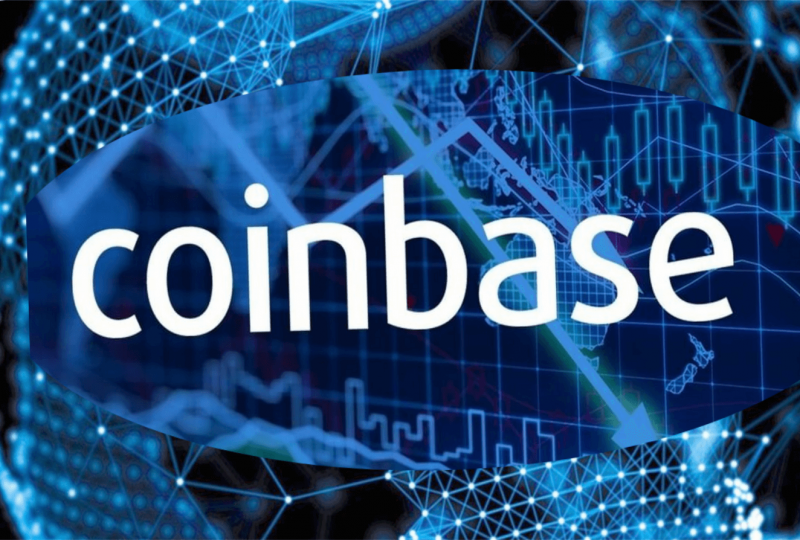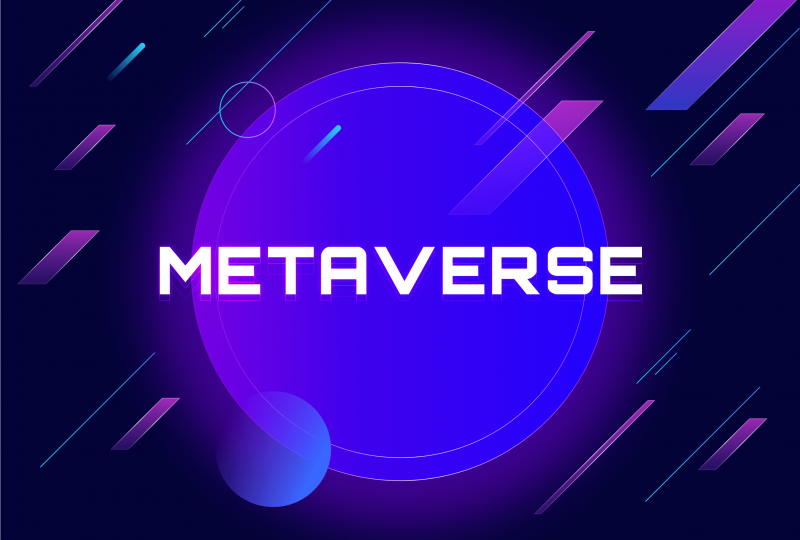The Simple Reason Why So Many Can’t Afford Housing
Feb 01, 2022

Many Americans have property affordability issues. Experts often blame these issues on tight borrowing conditions and high housing prices. Mortgage rates and prices impact affordability, but the existence of too many low-income families remains the dominating cause driving housing affordability difficulties.
Homebuyer affordability issues are a long way from the averages of the 1980s and 1990s, with normal housing expenses at approximately 28% of income. If the Fed raises interest rates, home affordability will worsen for some. Still, this move will have little effect on the vast majority of people who cannot buy houses without spending too much of their income on it. Monetary policy does not have the power to address today's home affordability crisis.
There is no universally accepted concept of home affordability. The US Department of Housing and Urban Development uses the concept that any family that spends more than 30% of their pretax income on housing has a property affordability problem and is deemed burdened.
This concept is not without its skeptics. Some criticize the absence of regional adjustments for the cost of living. The 30% requirement for housing is too high in locations where the prices of non-housing necessary products and services are very high since housing expenditures may not leave enough cash for other expenses. Some opponents of the HUD definition point to the necessity to account for transportation costs. A 30% load is easy to bear where transportation expenses are small. Despite the shortcomings of HUD's methodology, no alternative definition of housing affordability has acquired widespread acceptance.
Before the pandemic, over 31% of families in the country spent more than 30% of their income on housing. This number comprises around 17 million homeowners and 20 million renters. High housing expenses affect around one-in-five homeowners, while almost half of renters face this issue. The impoverished suffer at a far higher rate. Property affordability issues affect 83% of all families earning less than $20,000 per year.
The federal government creates and manages a safety net to address these issues. While certain safety net programs aid homeowners, the government prioritizes the most vulnerable families, low-income renters. The Housing Choice Voucher program is the main instrument. The current budget is barely enough to help around 2.5 million low-income renter families each year, or about one-fourth of the qualifying population. The Biden administration is seeking to expand the number of supported families by around 10% via the Build Back Better initiative. Still, the idea has so far failed to gain traction, leaving the overwhelming majority of low-income renter households with high housing costs to fend for themselves.
Current statistics on housing affordability during the pandemic are limited, but it is evident that low-income employees are disproportionately affected by the economic closure enforced to battle COVID-19, and they are mostly renters. Recognizing the situation, the federal government financed emergency rental aid. However, this help was limited to homes that had lost income owing to the pandemic rather than all chronically impoverished households. According to the US Treasury, nearly 400,000 families are getting this assistance. Despite its size, this figure represents just a tiny proportion of the total number of families unable to negotiate the housing market without being compelled to overpay for a property.
Is this a consequence of a lack of units, too expensive rentals, or insufficient income?
Before the pandemic, few markets experienced rental housing scarcity. A market's rental housing supply is considered healthy if the vacancy rate is less than 5%. Two-thirds of the nation's roughly 900 urban housing areas have rental vacancy rates over this level. Even among the 54 metropolitan regions with populations more than 1,000,000—which account for 55% of the overall population—rental vacancy rates averaged a comfortable 5.9%, with 38 of these markets (70%) seeing vacancy rates greater than 5.0%. Any pandemic-induced scarcity is likely to be short-term disruption, and the affordability issues precede it.
What factors contribute to high housing prices when scarcity is not the norm? There is no consensus among experts on this topic. According to some experts, there is no housing price bubble; the abrupt increase in property prices and rentals represents a short-term scarcity. Other observers argue that tight government regulation, like zoning and development limits, is driving higher prices. Some experts believe that bubbles exist because their owners want them to. Homeowners benefit from higher prices because they have more money; hence, they have an incentive to support any policy that preserves or accelerates house price growth. Higher rents could be simpler to justify. Renter earnings have increased for some but not all renters, causing rents to rise for all units because landlords may charge higher rates, notwithstanding the burden that higher rents inflict on low-income renters.
Many markets have high rents, but no market can supply decent homes at low enough rates to fulfill the demand for affordable housing. Over 10.4 million low-income renters live in the United States. These families can normally afford to pay rent and utilities of roughly $250 per month, with a monthly maximum of $500. For these 10.4 million renters with low income, the market offers just 3.8 million low-rent dwellings. A landlord can operate no reasonable quality housing for less than $250 per month.
The underlying source of the home affordability crisis is that far too many people have persistently small wages. Effective policy solutions will not be found in increasing output, lowering prices, or modifying monetary policy. Fiscal policy should supplement the poor's income via initiatives such as the Housing Choice Voucher. These services are required to address the crisis of housing affordability, and they are required on a large scale.




